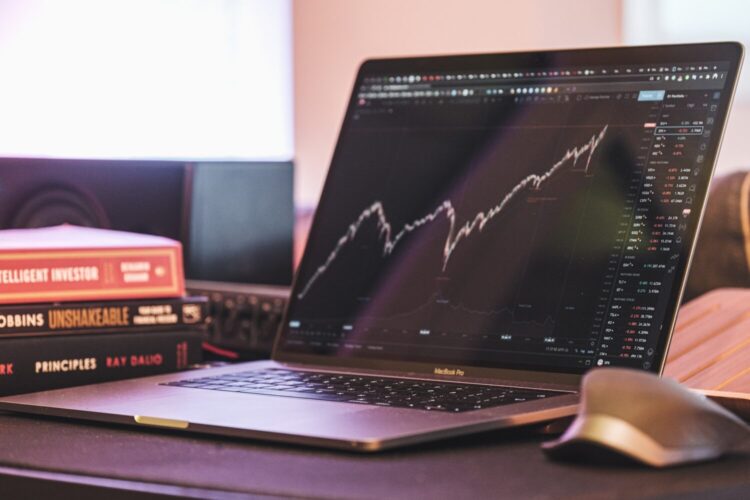In an era where the financial markets constantly evolve and new trading strategies emerge at a staggering pace, understanding how to navigate this complex landscape is more vital than ever. Enter market replay: a powerful tool that allows traders to step back in time and experience past market conditions as if they were live.
Imagine immersing yourself in meticulously reconstructed trading scenarios, where every tick of the price chart mirrors real-world dynamics. Through this simulation, you can refine your skills, test your strategies, and sharpen your decision-making abilities without the pressure of actual capital at stake.
Whether you are a novice eager to grasp the fundamentals or a seasoned trader looking to fine-tune your approach, harnessing the rich insights offered by market replay can elevate your trading acumen to unprecedented heights. In this article, we will explore the intricacies of simulating real-world trading scenarios and unlock the door to mastering the art of trading, one historical data point at a time.
Setting Up Your Market Replay Environment

Setting up your market replay environment is the first critical step toward immersing yourself in realistic trading simulations. Begin by selecting a robust platform that specializes in replay functionalities; many options in today\’s market, including some offering free replay chart software, provide extensive historical data and customizable features tailored to different trading styles. Ensure you have access to quality charts that allow for detailed technical analysis, as visualizing price movements is key to understanding market dynamics.
Once you’ve settled on your software, dive into the settings—adjust time frames, configure indicators, and even set playback speed to mimic the speed of live trading. Don’t rush through this process; each detail you configure can significantly affect your learning experience.
Connect your trading journal to the environment to track your decisions, mistakes, and insights, creating a feedback loop that fosters improvement. With all these elements in place, you’ll be primed to engage with the market replay like a seasoned trader, transforming theoretical knowledge into practical skills.
Recording and Recording Market Data

Recording and recording market data forms the backbone of accurate simulation in real-world trading scenarios. Imagine standing at the edge of a bustling marketplace, where every tick and trade tells a story, yet here you are, navigating those narratives within the confines of a digital landscape.
The intricacies of price fluctuations, the rhythm of buyer and seller interactions, and the sudden jolts caused by unforeseen news events are all crucial elements that must be documented meticulously. Rich datasets, incorporating varying timeframes and trade volumes, empower traders to replay historical market conditions just as they unfolded, allowing for a deeper understanding of market behavior during crises or booms.
As traders sift through this data, they unearth profound insights—often buried beneath a sea of numerical noise—that can refine their strategies and enhance their decision-making prowess. Each recorded instance serves not merely as a statistic but as a pivotal moment in the ever-evolving dance of supply and demand.
Advanced Techniques for Market Replay

Advanced techniques for market replay encompass a range of innovative strategies designed to replicate the intricacies of real-world trading conditions. Leveraging high-fidelity historical data, traders can immerse themselves in simulated environments that reflect various market scenarios—be it volatile spikes or unexpected downturns.
Advanced algorithms enable the manipulation of time and other variables, allowing users to accelerate or decelerate market activities, thus gaining insights into timing strategies and order placements. Moreover, integrating machine learning models into the replay process can provide predictive analytics, offering traders a glimpse into potential future movements based on past patterns.
By employing these sophisticated methods, traders not only hone their skills but also cultivate a nuanced understanding of market dynamics and psychological resilience, which are paramount in the fast-paced world of trading.
Conclusion
In conclusion, simulating real-world trading scenarios through market replay offers an invaluable training tool for both novice and experienced traders alike. By leveraging historical data to recreate past market conditions, traders can develop and refine their strategies without the financial risk associated with live trading.
Utilizing free replay chart software allows for an accessible entry point, empowering individuals to practice their techniques in a realistic environment. Ultimately, the insights gained from these simulations can enhance decision-making skills and boost confidence, leading to more informed and successful trading experiences in the future.

